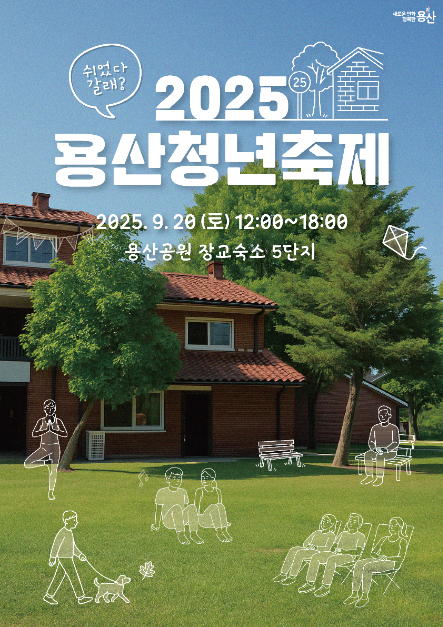ABC-Mart - Mia Branch [Tax Refund Shop] (ABC마트 미아점)
5.7Km 2024-04-18
45, Dobong-ro, Gangbuk-gu, Seoul
-
Seoul Crown 88 Guest House [Korea Quality] / 서울크라운88 게스트하우스 [한국관광 품질인증]
5.7Km 2025-10-23
189 , Seongmisan-ro, Mapo-gu, Seoul
+82-2-720-2960
Seoul Crown 88 is a foreigner-only guesthouse located in Yeonnam-dong, Mapu-gu, Seoul. Accomodation is in dormitories for up to four people, which are equipped with personal lockers and toilets. The simple kitchen and living room are shared. The guesthouse is close to Hongik University Station, giving easy access to Incheon Airport or the Gangnam area, and there are many cafes and famous restaurants nearby: an alley traveller’s paradise! A simple free breakfast is provided, as is information in English and Chinese.
G-line Book Street (경의선책거리)
5.8Km 2024-03-19
35 Wausan-ro 37-gil, Mapo-gu, Seoul
+82-2-3153-8353
G-line Book Street spans approximately 250 meters from Exit 6 of Hongik University Station to Wau Bridge, where the old train tracks remain intact. It serves as a prominent cultural hotspot in Hongik University, housing various bookstores and cultural spaces selling books on diverse topics. Independent bookstores, children's bookstores, specialty bookshops, and art galleries converge in this area, offering a rich tapestry of literary experiences.
Yongsan Youth Festival (용산청년축제)
5.8Km 2025-10-23
221 Seobinggo-ro, Yongsan-gu, Seoul
+82-10-9771-2090
The Youngsan Youth Festival, a wellness-themed event, invites both youths and residents to take the initiative for their well-being by achieving a balanced state of mental, physical, and social health. During the festival, visitors can enjoy dance performances, shows by popular singers, magic shows, traditional Korean music ensembles, and a commemorative ceremony featuring congratulatory remarks.
National Hangeul Museum (국립한글박물관)
5.8Km 2022-12-15
139, Seobinggo-ro, Yongsan-gu, Seoul
+82-2-2124-6200
The National Hangeul Museum was established to preserve, spread, and develop the Korean alphabet, Hangeul. The museum showcases the history and value of Korean orthography, Korean’s most-valued cultural asset, through exhibitions, activities, and education. Occupying over 11,322 ㎡, the museum has one basement level and three ground levels, along with an outdoor grass field and rest area perfect for cultural events, exhibits, and education.
The museum is comprised of the Hangeul library on the first floor, a permanent exhibition hall, ㅎ Café, and cultural product shop on the second floor, and a planned exhibition hall and Hangeul playground for children and foreigners on the third floor.
CU - National Museum of Korea Branch [Tax Refund Shop] (cu중앙박물관점)
5.8Km 2024-06-26
137, Seobinggo-ro, Yongsan-gu, Seoul
-
Olive Young - Univ. of Seoul Branch [Tax Refund Shop] (올리브영 서울시립대)
5.8Km 2024-04-18
Store #104, #105, City Plaza, 222, Jeonnong-ro, Dongdaemun-gu, Seoul
-
Olive Young - Gwangheungchang Station Branch [Tax Refund Shop] (올리브영 광흥창역점)
5.8Km 2024-06-26
1F, 75-16, Seogang-ro, Mapo-gu, Seoul
-

![Seoul Crown 88 Guest House [Korea Quality] / 서울크라운88 게스트하우스 [한국관광 품질인증]](http://tong.visitkorea.or.kr/cms/resource/46/2652746_image2_1.jpg)

![Olive Young - Univ. of Seoul Branch [Tax Refund Shop] (올리브영 서울시립대)](http://tong.visitkorea.or.kr/cms/resource/94/2889594_image2_1.jpg)
![Cheongun SP [Tax Refund Shop] (청운에스피)](http://tong.visitkorea.or.kr/cms/resource/06/3312906_image2_1.jpg)
 English
English
 한국어
한국어 日本語
日本語 中文(简体)
中文(简体) Deutsch
Deutsch Français
Français Español
Español Русский
Русский